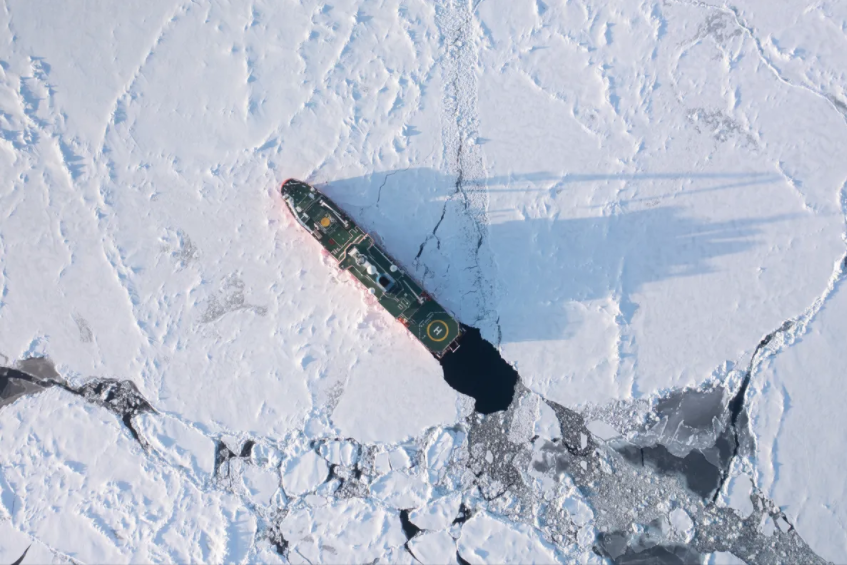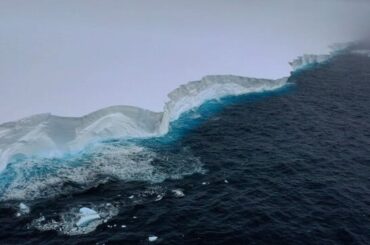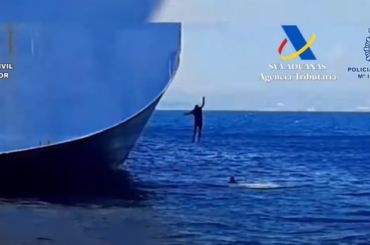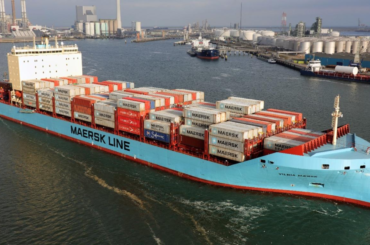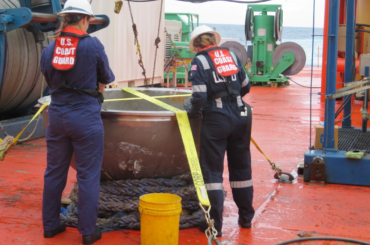Explorer Ernest Shackleton and 27 crew members traveled into the cold waters near Antarctica in late 1914. Their cutting-edge ship, Endurance, was 144 feet long with three tall masts and a hull that was ultra-reinforced to avoid crumpling in the floating ice. The goal was for the crew to walk across the ice continent, but the sea had other ideas.
Read more: Ernest Shackleton’s Lost Ship “Endurance,” Found 107 Years After Sinking
Endurance became trapped off the coast and was gradually crushed by the floating ice, requiring the men to perform one of history’s most remarkable survival feats. They scurried through ice floes to hunt penguins and seals for over a year before reaching an uninhabited island. Shackleton and a small group then sailed 800 miles in a tiny boat retrieved from the Endurance, landed on the island of South Georgia, and trekked to a whaling station before returning by ship to pick up the rest of the crew.
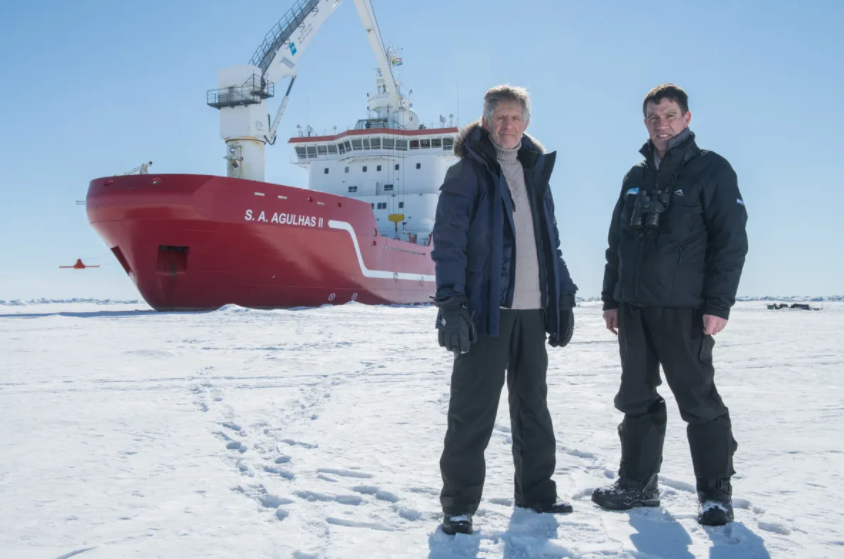
Over a century later, scientists have finally seen the long-lost wreck of the Endurance thanks to another cutting-edge vehicle. An underwater robot named Sabertooth, dangling from an icebreaker in Antarctica’s Weddell Sea, plunged almost 10,000 feet, painting the seafloor with sonar blasts that revealed the unmistakable shape of a ship. The crew captured video of a wonderfully well-preserved wooden vessel using the robot’s cameras.
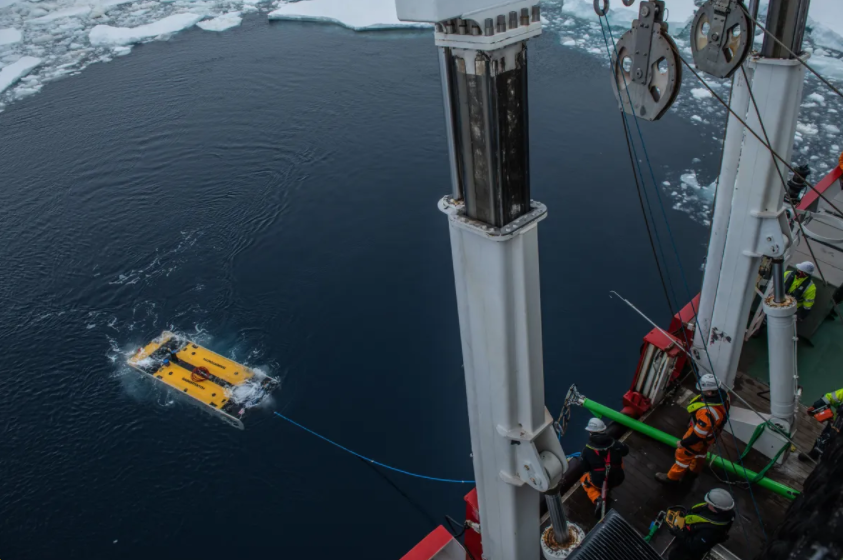
“It’s a huge achievement—from the historical point of view—for the story of Shackleton and his crew, as well as an extremely strong achievement from the technology point of view, because it was probably one of the most complicated shipwrecks to discover,” says Nico Vincent, subsea project manager for the trip, which was organized by the Falklands Maritime Heritage Trust.
This is due to Antarctica’s typically harsh weather and thick, unpredictable ice, which was attempting to make life as difficult as possible for the expedition’s icebreaker, the S. A. Agulhas II. The icebreaker wasn’t as much of a concern as the Endurance. “Believe me, she is a marvelous vessel,” says Vincent. “I never saw an icebreaker steaming at more than 8 knots in the middle of 1.5-meter-thick ice.”

It was more of a concern that floating ice pieces would make lowering the 12-foot-long robot (which is designed like a sled) impossible or would cut its tiny fiber-optic link to the boat impossible. As a result, the researchers used satellite data to estimate ice movement around them, and once Sabertooth was in the water, the icebreaker’s pilot used propeller blasts to keep the sea open around the vessel.
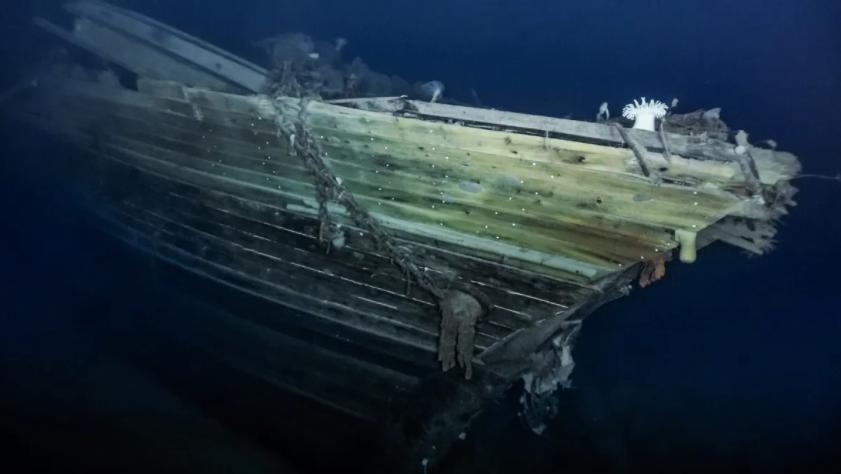
PHOTOGRAPH BY NATIONAL GEOGRAPHIC / FALKLANDS MARITIME TRUST
Because of its tether, Sabertooth differs from previous Antarctic water robots, which are often entirely autonomous, with scientists giving them commands to investigate a specific area on their own. Sabertooth, on the other hand, is a hybrid robot, which means that while it can roam the Antarctic seafloor alone, its operators can take command when necessary. Because that would thicken the line and make it more susceptible to being pulled around by currents, the tether can’t deliver power to the robot.
Because the captain of the Endurance had reported the ship’s final location, the researchers knew roughly where to look. However, he did it using methods from the early twentieth century, which were less precise than today’s GPS. So the explorers set Sabertooth loose, scanning the Weddell Sea’s bottom while a sonar analyst on board the icebreaker analyzed the data in real time.
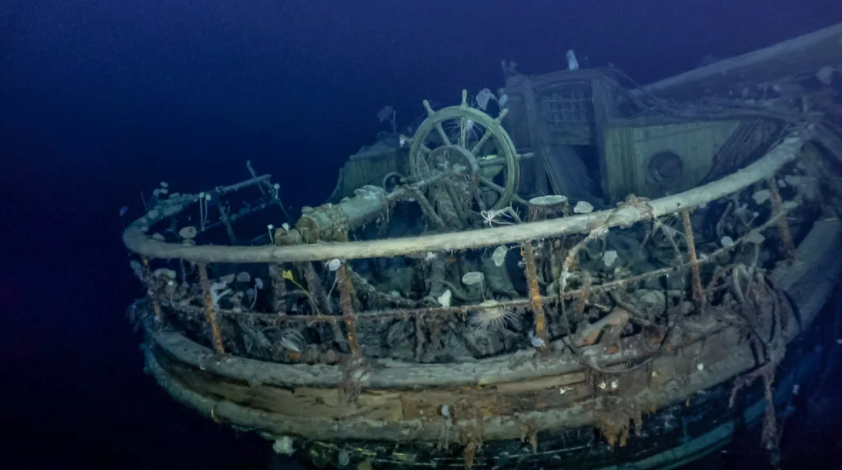
“You cannot imagine the faces of the people when we saw the Endurance for the first time,” says Vincent after its arrival.But as bad luck would have it, there was only a minute left on the robot’s battery. “Immediately, we interrupted the dive to come back to the surface and recharge,” he says.
Whatever the case, the experts had finally discovered one of history’s most fabled shipwrecks. When they returned with the Sabertooth recharged to obtain more footage, they discovered an incredibly well-preserved wooden ship.

